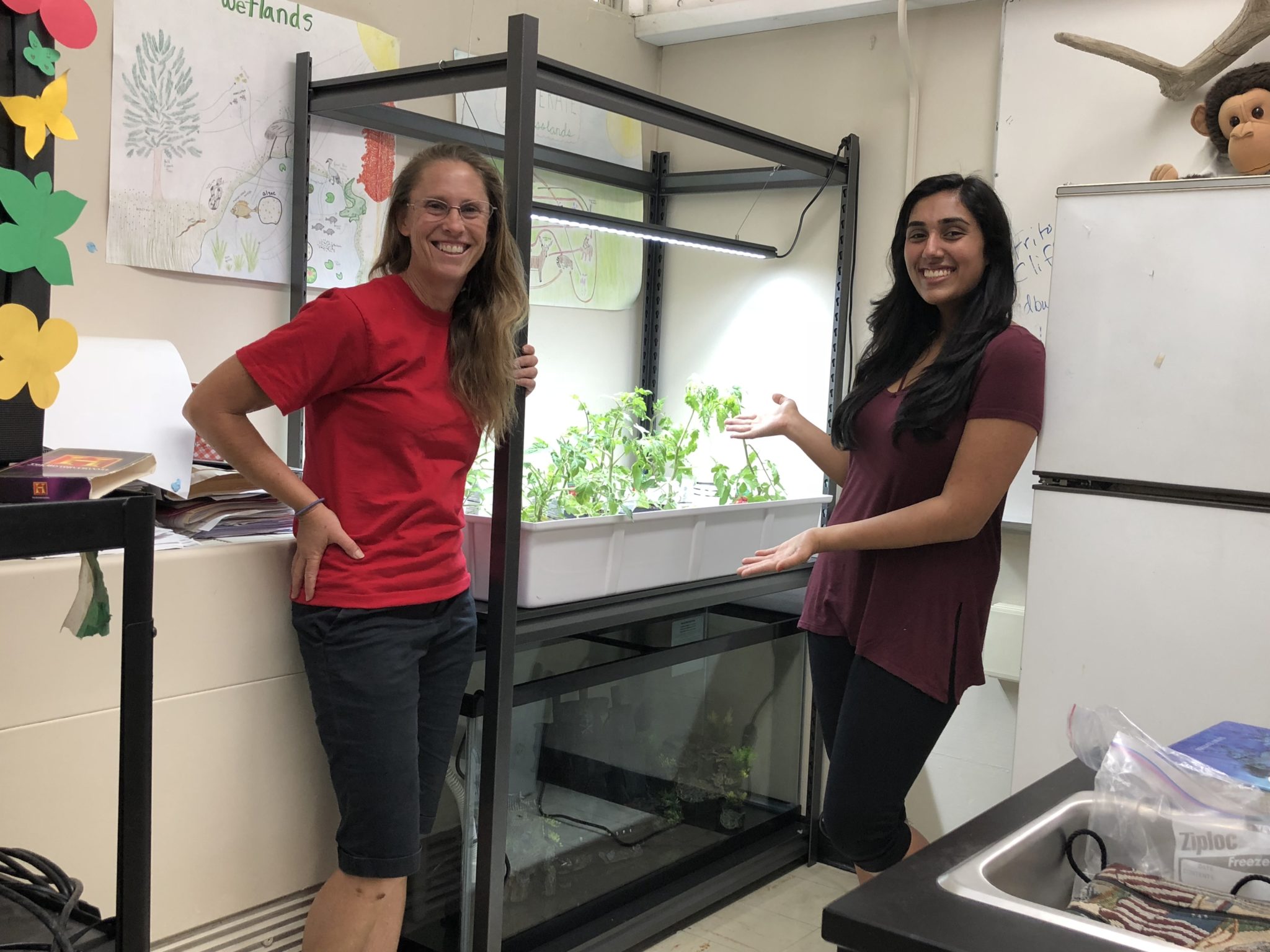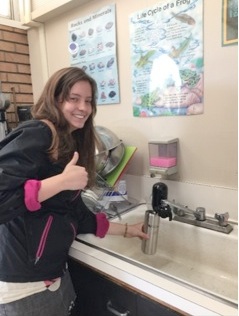2018, Fort Collins, Colorado, USA
Reece Wilson, Miles Scharte, Fossil Ridge High School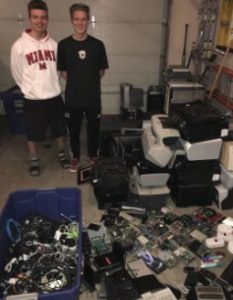
Reece and Miles found that a common component in electronics is palladium. It is in the screens and circuitry because of its magnetic properties. Exposure, ingestion and inhalation can cause birth defects and damage the heart, liver, lungs, spleen and kidneys. They found it was rare to hear about electronic waste recycling in Fort Collins. As a result, e-waste many people were improperly disposing of their electronics. They decided education their community and sponsor a free collection of e-waste. They collected 1,137 pounds of e-waste! Their collection included 14 printers, 14 computers, 12 VCRs, 19 phones, and 15 monitors.
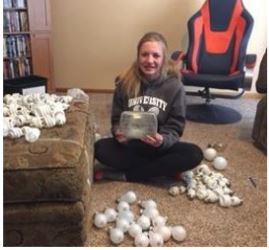
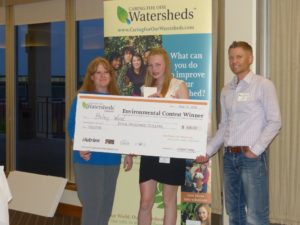
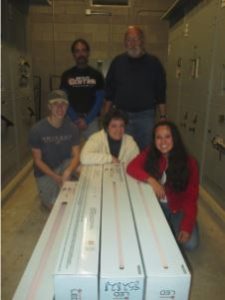
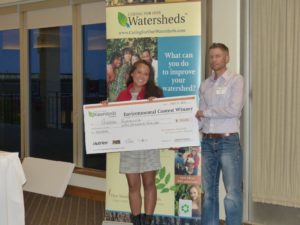
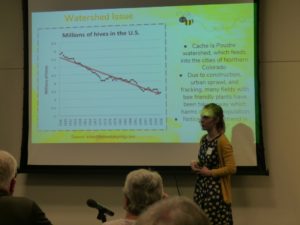
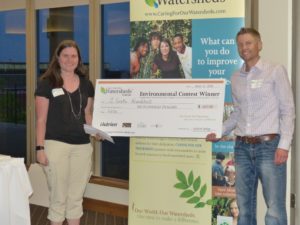
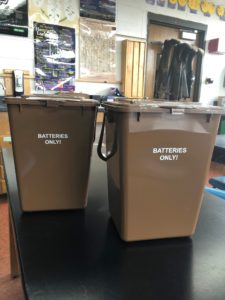
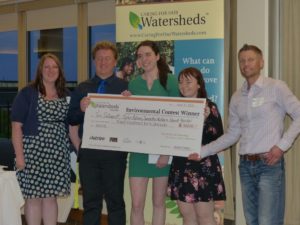
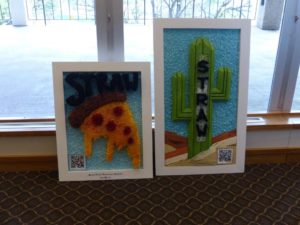
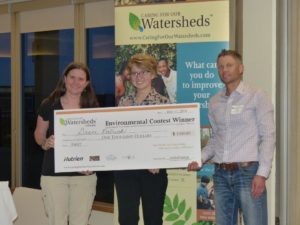
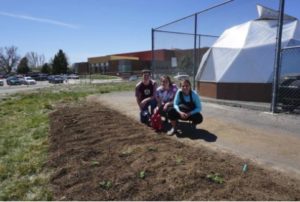
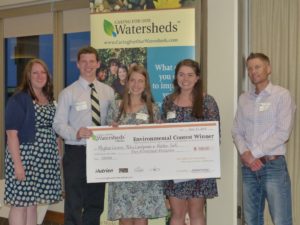
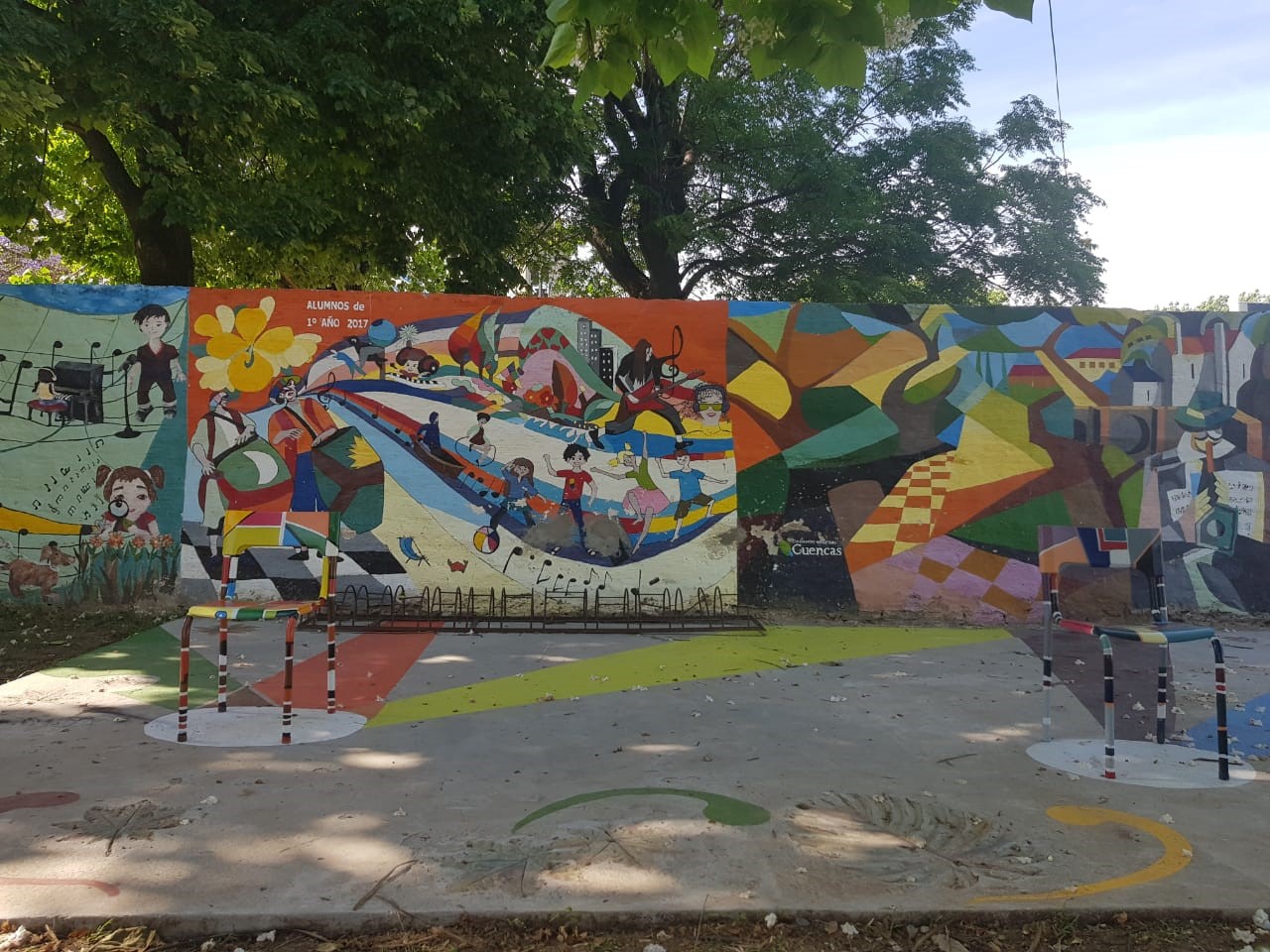 2018 San Antonio de Areco, Buenos Aires, Argentina
2018 San Antonio de Areco, Buenos Aires, Argentina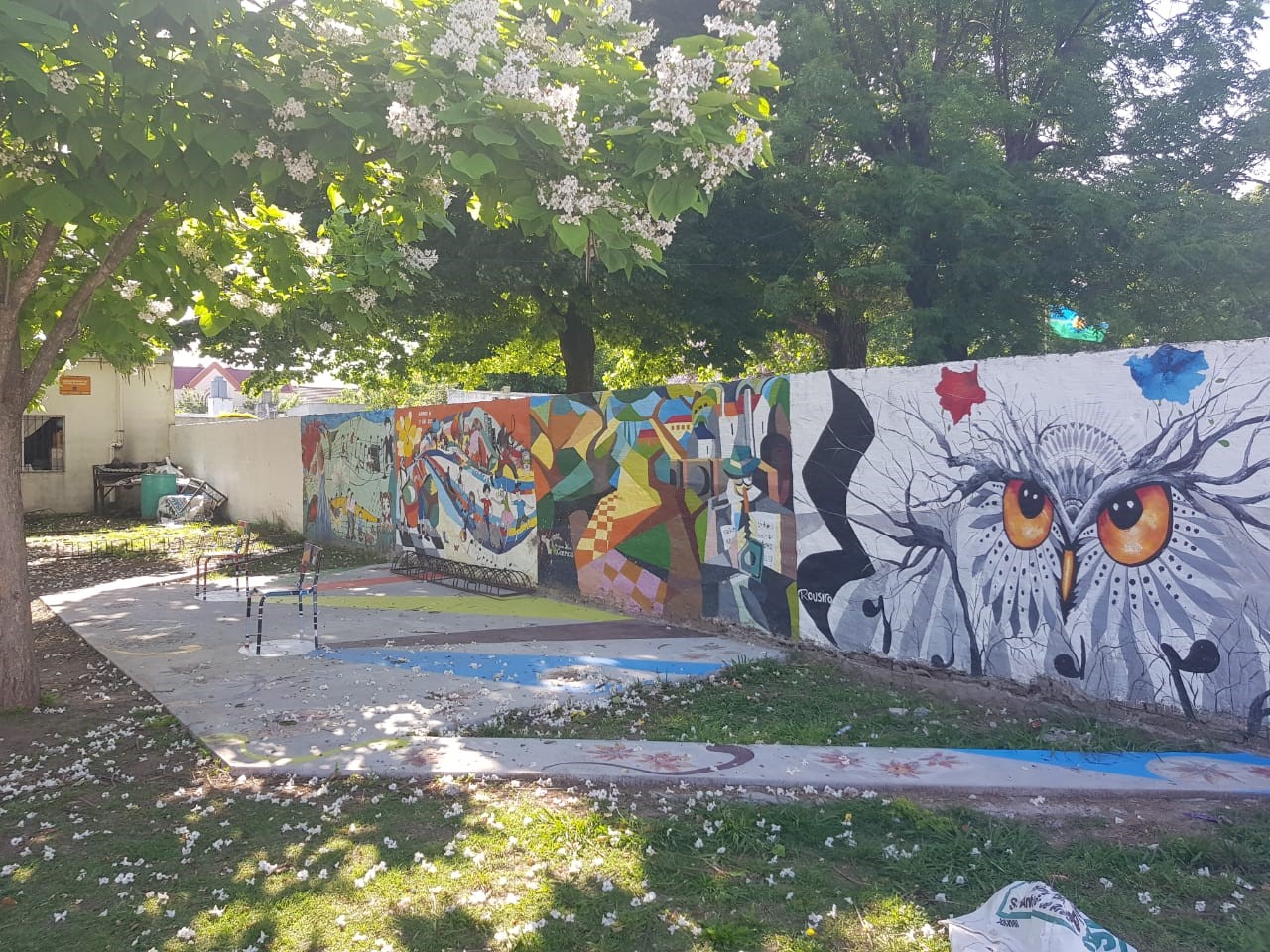 On this basis, the new Project adds two new initiatives aimed at creating a space of convergence between art and the care of nature within the institution. To achieve this, students proposed, with the help of artists, to create an external classroom around the “Music of Nature” mural, and also, create an art intervention, in part of the school’s main playground, with recycled parts. Both spaces suggest a modern dynamic in its contents, updated throughout the year with pupils’ ideas.
On this basis, the new Project adds two new initiatives aimed at creating a space of convergence between art and the care of nature within the institution. To achieve this, students proposed, with the help of artists, to create an external classroom around the “Music of Nature” mural, and also, create an art intervention, in part of the school’s main playground, with recycled parts. Both spaces suggest a modern dynamic in its contents, updated throughout the year with pupils’ ideas.